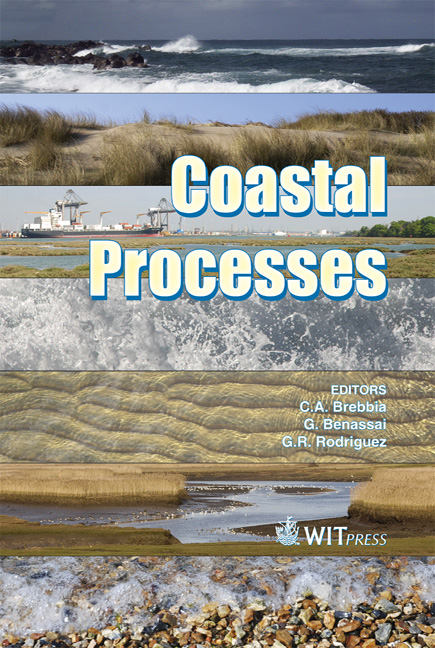Effects Of Simulated Acid Rain On Tropical Trees Of The Coastal Zone Of Campeche, Mexico
Price
Free (open access)
Transaction
Volume
126
Pages
12
Page Range
259 - 270
Published
2009
Size
352 kb
Paper DOI
10.2495/CP090231
Copyright
WIT Press
Author(s)
R. M. Cerón, J. G. Cerón, J. J. Guerra, E. López, E. Endañu, M. Ramírez, M. García, R. Sánchez & S. Mendoza
Abstract
Native trees species of the coastal zone of Campeche Mexico belonging to different families (Blood wood tree (Haematoxylum campechianum L.), White mangrove (Laguncularia racemosa (L.) Gaertn), Red mangrove (Rhizophora mangle L.), Button mangrove (Conocarpus erectus L.), Pink flower tree (Tabebuia rosea Bertol), Mahogany (Switenia macrophyla King) and Red cedar (Cedrela odorata L.)) were exposed to simulated acid rain for six weeks to assess visible foliar damage and effects on sulphur, nutrients, and photosynthetic pigment contents. A total of 245 seedlings were exposed four times a week from June to July under controlled conditions by using a simulated rainwater distribution system designed to reproduce rain events of 10 mm. Six treatments with five repetitions each were established at drought and irrigation conditions at different pH values. The results suggest that the water stress condition is related to the severity of the effects shown by individuals exposed to acid rain at pH values of 2.0 and 3.0. A significant increase in sulphur contents was observed on mature leaf tissues, being greater in the Mahogany, Red Cedar and Blood wood trees at pH 2 treatment under drought conditions. The chlorophyll a/b ratio showed a significant decrease in the Mahogany, White Mangrove and Blood wood trees, and nutrient levels were sensitive to the lowest pH values. According to the results, it could be observed that the Red mangrove, Button mangrove, Red cedar and Blood wood trees were more sensitive to acid rain. The Horsfall-Barratt method was applied to develop a severity scale; however, it is necessary to conduct a field survey for long-term exposure in parcels focused on sensible species to obtain a more precise scale. Keywords: tropical trees, simulated acid rain, nutrients, visible damage, photosynthetic pigments.
Keywords
tropical trees, simulated acid rain, nutrients, visible damage, photosynthetic pigments





